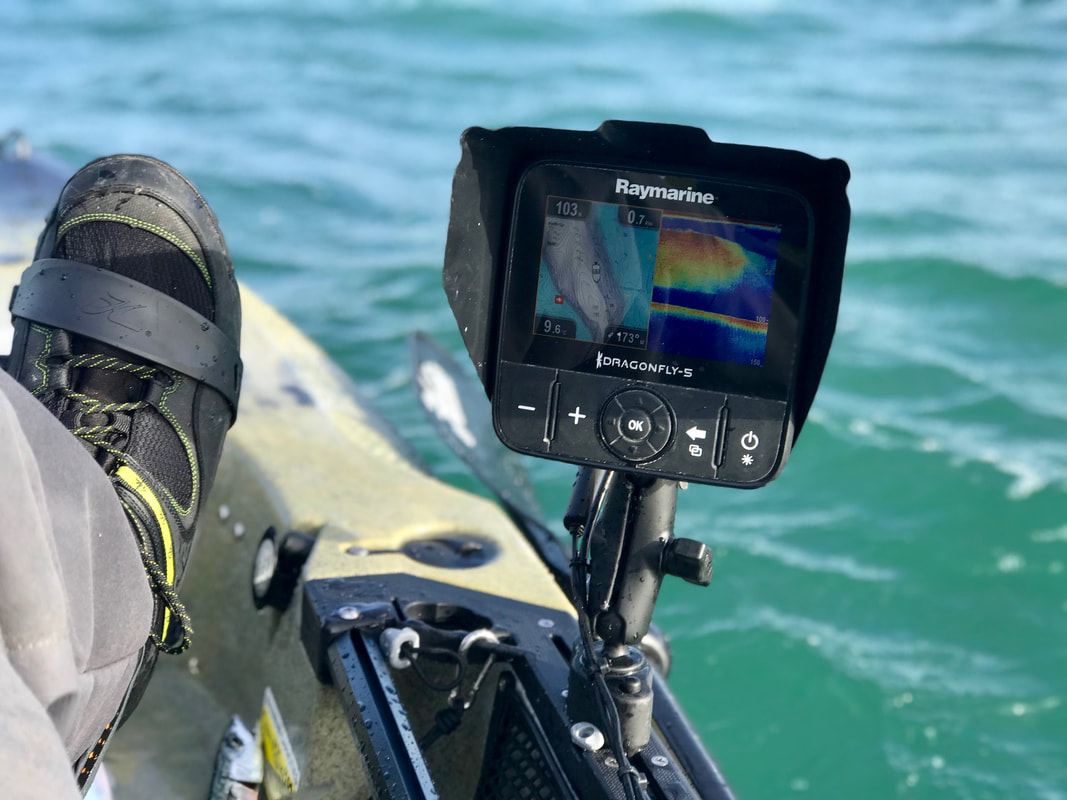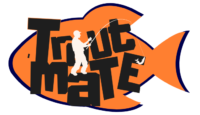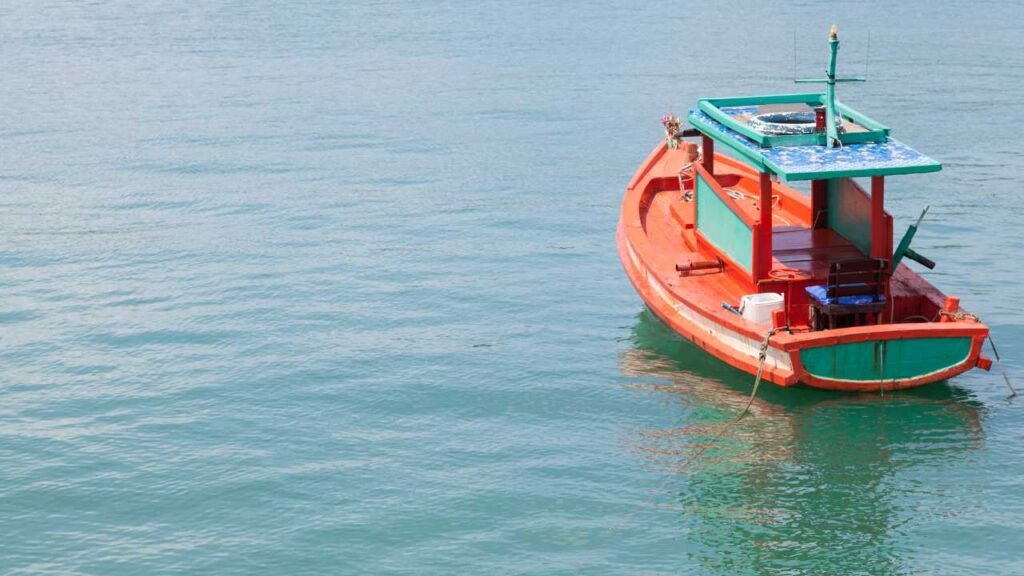To install a fish finder on a Hobie kayak, mount the transducer and connect the power source. Ensure all components are securely fastened.
Kayak fishing enthusiasts often seek to enhance their experience with advanced technology. A fish finder offers real-time data on underwater activity, improving your chances of a successful catch. Installing one on your Hobie kayak is straightforward, provided you follow the right steps.
You need to mount the transducer properly, connect it to a stable power source, and ensure all components are secure. This setup allows you to get accurate readings and make the most out of your fishing trips. With a few tools and some patience, you can transform your Hobie kayak into a high-tech fishing vessel.

Credit: www.hobie.com
Choosing The Right Fish Finder
Choosing the right fish finder can greatly improve your fishing experience. This guide will help you understand the different types and features to look for.
Types Of Fish Finders
There are various types of fish finders available. Each type offers unique advantages.
- Standalone Fish Finders: These are simple and easy to use. They show depth and fish location.
- Combination Fish Finders: These include GPS. They help you navigate and find fish.
- Networked Fish Finders: These connect to other devices. They provide a comprehensive view of underwater activity.
Key Features To Look For
When selecting a fish finder, consider these key features:
| Feature | Description |
|---|---|
| Display Size | A larger display makes it easier to see details. |
| Resolution | Higher resolution offers clearer images. |
| Frequency | Higher frequencies provide more detail. Lower frequencies cover more area. |
| Power | More power means better performance in deep water. |
| GPS | Helps you navigate and mark fishing spots. |
| Transducer | Important for sending and receiving sonar waves. |
Gathering Necessary Tools
Installing a fish finder on your Hobie Kayak requires the right tools. Having the correct tools ensures a smooth installation process. This section will guide you through gathering all essential tools and materials.
Tools And Materials Needed
Before starting, make sure you have these tools and materials ready:
- Fish Finder Unit
- Power Drill with drill bits
- Waterproof Sealant
- Mounting Bracket
- Transducer with mounting hardware
- Marine-grade wiring
- Wire Strippers
- Battery and battery holder
- Zip Ties
- Screwdriver (Phillips and flathead)
Safety Precautions
Safety is very important during the installation process. Follow these safety tips:
- Wear protective eyewear while drilling.
- Ensure the kayak is on a stable surface.
- Keep tools out of water to avoid slipping.
- Use gloves to protect your hands from sharp edges.
- Make sure the battery is disconnected while working with wiring.
By gathering the necessary tools and following safety precautions, you are ready for a smooth installation of your fish finder on your Hobie Kayak.
Preparing The Kayak
Installing a fish finder on your Hobie kayak can be a game-changer. Before you start, you need to prepare the kayak. This ensures a smooth installation process and optimal performance.
Cleaning The Installation Area
First, clean the area where you will install the fish finder. Use a mild soap and water solution. This removes dirt and grime. After cleaning, dry the area thoroughly. A clean surface ensures better adhesion for mounts and brackets.
Marking Installation Points
Next, mark where you will install the fish finder. Use a pencil or a non-permanent marker. This helps to plan the layout and avoid mistakes. Measure twice, mark once. Check the manufacturer’s guidelines for spacing.
Consider the following areas for marking:
- Transducer: Often placed at the bottom of the kayak.
- Display Unit: Typically mounted on the console or side rail.
- Battery: Secure it in a dry and accessible spot.
Refer to the table below for common installation points:
| Component | Recommended Area |
|---|---|
| Transducer | Bottom of the kayak |
| Display Unit | Console or side rail |
| Battery | Dry, accessible spot |
Mounting The Fish Finder
Mounting a fish finder on your Hobie kayak enhances your fishing experience. It provides clear underwater visuals, helping you locate fish faster. Follow these steps to ensure a secure and functional installation.
Attaching The Transducer
The transducer is the heart of your fish finder. It sends and receives sonar signals. Proper attachment is crucial for accurate readings.
- Choose a suitable location: Select a spot on the kayak’s hull. Ensure it’s away from turbulence and obstructions.
- Clean the surface: Wipe the area with alcohol to remove dirt and oil.
- Mounting with adhesive: Use marine-grade adhesive to secure the transducer. Press firmly and let it cure for 24 hours.
- Mounting with screws: Drill pilot holes and attach the transducer with screws. Apply marine sealant around the screws to prevent leaks.
- Check alignment: Ensure the transducer is parallel to the waterline for accurate sonar readings.
Securing The Display Unit
The display unit shows the sonar data. Position it where it’s easily visible and accessible.
- Choose a mounting spot: Find a flat area near your seating position.
- Install the mounting bracket: Use screws or adhesive to attach the bracket securely.
- Attach the display unit: Slide the display unit onto the bracket. Ensure it locks in place.
- Connect cables: Run the power and transducer cables neatly. Use zip ties to secure them.
- Test the setup: Power on the fish finder to check functionality. Ensure the display shows accurate data.
Follow these steps carefully to ensure a reliable installation. A properly mounted fish finder will enhance your kayaking adventures.
Wiring And Power Setup
Setting up the wiring and power for your fish finder can be challenging. This section will guide you through the process. We will ensure your fish finder works perfectly on your Hobie Kayak.
Running The Cables
First, identify where your fish finder will be mounted. Measure the distance to the battery compartment. This helps to ensure you have enough cable length.
Next, use cable clips to secure the cables along the kayak. This prevents them from dangling and getting damaged. You can find cable clips at any hardware store.
If your kayak has built-in channels, run the cables through them. This keeps the setup neat and avoids tangling. Otherwise, use zip ties to bundle the cables together.
Connecting To Power Source
Locate the battery compartment in your Hobie Kayak. Many kayaks have a designated space for the battery. Choose a 12-volt marine battery for optimal performance.
Ensure the battery is secure to prevent movement. Use a battery box or straps to keep it in place. This protects the battery and keeps your kayak balanced.
| Steps | Details |
|---|---|
| 1. Connect Positive Wire | Attach the red wire to the positive terminal of the battery. |
| 2. Connect Negative Wire | Attach the black wire to the negative terminal of the battery. |
| 3. Secure Connections | Ensure connections are tight and secure to avoid disconnection. |
Once connected, check all connections with a multimeter. This ensures everything is working correctly. If readings are off, recheck your connections.
Finally, turn on your fish finder. Verify that it powers up and functions as expected. Enjoy a more productive fishing experience with your new setup!

Credit: www.kayakfishing.blog
Testing The Installation
You’ve installed your fish finder on your Hobie kayak. Now, it’s time to test it. Testing the installation ensures your device works correctly and is ready for your next fishing adventure.
Initial Power On
The first step in testing is the initial power on. Connect the fish finder to the power source. Turn on the device. Look for the startup screen. If it lights up, your connections are correct. If not, check the wiring and power source.
Make sure the display is clear. Look for any error messages. If you see any, refer to the manual for troubleshooting. Adjust the brightness and contrast settings for better visibility.
Calibrating The Fish Finder
Next, you need to calibrate the fish finder. Calibration ensures accurate readings. Follow these steps:
- Place the kayak in the water.
- Turn on the fish finder.
- Navigate to the calibration settings.
- Follow the on-screen instructions.
During calibration, you may need to adjust the transducer. Ensure it is submerged properly. A poorly placed transducer can give false readings. Test the depth and temperature readings. They should match the actual water conditions.
Check for any interference signals. These can come from other electronic devices. If you notice any, try to isolate the source. Proper calibration will give you the best performance from your fish finder.
With these steps, your fish finder should be ready. Enjoy your fishing trips with accurate and reliable data.
Maintenance Tips
Installing a fish finder on your Hobie Kayak can enhance your fishing experience. Proper maintenance is essential to keep your fish finder functioning optimally. Below are some maintenance tips to ensure longevity and performance.
Regular Cleaning
Regular cleaning is crucial for the longevity of your fish finder. Saltwater and debris can damage the device. Follow these steps to clean your fish finder:
- Rinse the fish finder with fresh water after each use.
- Use a soft cloth to wipe down the screen and body.
- Avoid harsh chemicals; they can damage the screen.
- Inspect the transducer for any signs of wear or damage.
- Dry the unit completely before storing it.
Troubleshooting Common Issues
Even with regular maintenance, issues can arise. Here are some common problems and their solutions:
| Issue | Solution |
|---|---|
| No Power | Check the battery connection. Ensure it’s fully charged. |
| Weak Signal | Clean the transducer. Ensure it’s properly mounted. |
| Screen Flickering | Inspect the wiring. Look for any loose connections. |
| Inaccurate Readings | Recalibrate the fish finder. Update the software if needed. |
Regular maintenance and quick troubleshooting can keep your fish finder in top shape. Enjoy a seamless fishing experience on your Hobie Kayak.

Credit: www.youtube.com
Frequently Asked Questions
How Do I Install A Fish Finder On A Hobie Kayak?
To install a fish finder on a Hobie kayak, mount the transducer first. Then, secure the display unit and connect the power. Make sure to follow the manufacturer’s instructions for a secure fit.
Where Should I Place The Transducer?
Place the transducer in the scupper hole or inside the hull. This ensures accurate readings. Use marine sealant if needed to prevent leaks.
What Tools Do I Need For Installation?
You will need basic tools like a drill, screwdriver, and marine sealant. Specific tools may vary based on your fish finder model. Always check the user manual.
Can I Use Any Fish Finder On A Hobie Kayak?
Yes, most fish finders are compatible. However, ensure it fits your kayak and meets your fishing needs. Check compatibility before purchase.
Conclusion
Installing a fish finder on your Hobie kayak enhances your fishing experience. Follow the steps and you’ll have it set up quickly. Enjoy accurate readings and a better chance to catch more fish. With the right tools, your kayak fishing trips will be more productive and enjoyable.
Happy fishing!



